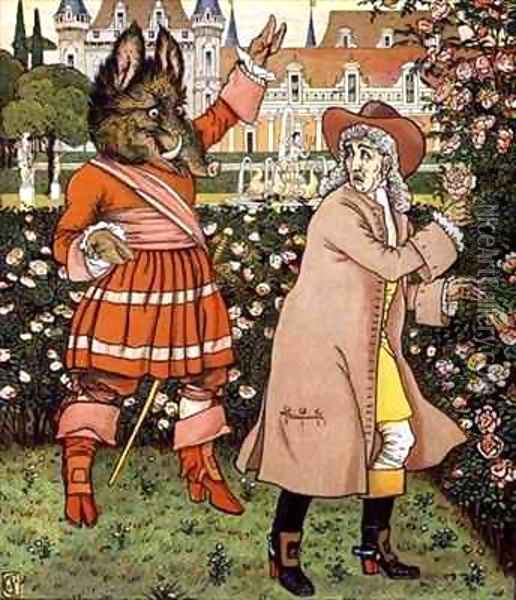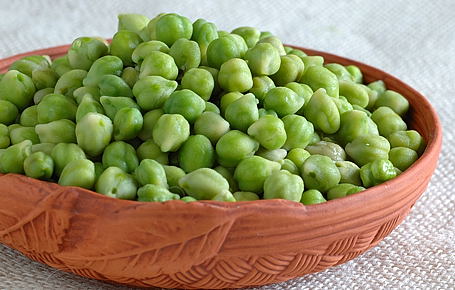Dear Reader,
The tag was created by
TheLibraryofSarah on Youtube and the one I watched was
supersushipizza. The idea is to basically find books on your bookshelf(ves) that fit a certain criteria, and there might be something about not using the same book twice. So usually on these sort of youtube tags, one is supposed to make a video response if one is tagged init but it looked like fun and, like
Susheela (supersushipizza), I like living "on the edge" and so I've turned this youtube tag into a blogging one.
1) Find an author's name with the letter 'Z' in it.
I can only think of one very handsome one for now.
2) Find a Classic
Easy-peazy. I've got an entire shelf dedicated to my favourite classics. But for the purpose of this tag, I'm going to choosing the classic I'm reading this month.
3) Find a book with a key on it.
I cannot believe how hard this was. I know that the American cover of
Bitterblue, by Kritin Cashore, has keys on it, and that my UK version has keys drawn in it, but has none on the cover.
Then, after much searching, I found a key on this, of all places. And yes that's a key, even if it's attached to a bird.
4) Find something on your bookshelf that is not a book.
I have several bookmarks, knick-knacks and photos, comfortably residing in and amongst my books. The thing I'm choosing to show you is
one that I mentioned before, my teacher's pet 13th birthday present. I keep it as a reminder of how I was a nerd and always will be, (plus he's super cute).
5) Find the oldest book on your shelf.
This was a tough one. I had to check a lot of publication dates before I this edition, which came out in 1986. This book originally belonged to my dad until I needed it for a history assignment, back when I was doing my GCSEs. It's been in my room since then.
6) Find a book with a girl on it.
I have quite a few of those but I went for one of my favourite books with favourite covers, with a girl on them.
7) Find a book that has an animal in it.
I immediately thought of the Disreputable dog in Lireal by Garth Nix. (Only later did Aslan come to mind)
There is even a dog on the cover. See, right here on the corner.
8) Find a book with a male protagonist.
At first I thought of Harry Potter but then thought it was a bit cliché and I've already used a HP book once already. So I went for this one instead.
9) Find a book with illustrations in it.
All the books in my copy of
The Chronicles of Narnia by C.S. Lewis have illustrations in them.
But I've only taken a picture of my favourite illustration from the first book,
The Magician's Nephew.
10) Find a book with gold lettering.
Arabic religious books usually have gold leaf on the covers. But these are part of a beautiful series (with the traditional look) in English, published by Darussalam. You must click on the picture to see the intricately coloured patterns better.
11)
Find a diary (true or fiction). Well I can one-up you on that becauase I have both.
Non-fiction
(So far as I can tell, most people who have done this tag have used this book, so I thought I'd follow the trend, for once.)
12) Find a book written by someone with a common name (like Smith).
Many of the books that I own were written by "foreign" authors or were written long ago. But Nicholas Baker is a common-ish sort of name in this sense, I think.
13) Find a book that has a close up of something on it.
I had the choice of neuron, blood, urea crystal and the coronary artery. I went with blood because I think it will probably gross people out the least.
14) Find a book on your shelf that takes place in the earliest time period.
The actual oldest time period is in
my little blue pocket-version of The Sealed Nectar, which tells the history of the Prophet (pbuh) and begins some time around 570 CE. But it's just such a worn and handled copy that the writing on the cover has completely faded. So I thought I'd go for the next oldest thing, which is Beowulf: an Anglo-Saxon folk tale, first written in Old English in the 10th century.
15) Find a hardcover book without a jacket.
This was a gift from my elder brother and it contains all of Jane Austen's novels. Absolutely beautiful to look at but completely impractical to read, considering that fact that it has 1433 pages in it. (I just realised it has gold writing on it too.)
16) Find a teal/turquoise coloured book.
Though it might look a bit green in the picture, but I assure you dear Reader, it is teal.
17) Find a book with stars on it.
I think those little thinks at the top are stars. (Please ignore the shadow of my camera, it was hard to find a place to take a decent picture of it because of its uber mirror-like reflective cover.)
18) Find a non-YA book.
I have plenty of those too but decided to go for the one that I think has the prettiest cover.
For this Bookshelf Scavenger Hunt to continue I tag you, dear Reader. You can make your own tag/response on your blog or youtube or anywhere you like on this internet. Just make sure to leave a link in the comments section below so I can check it out too.
Nida


















































